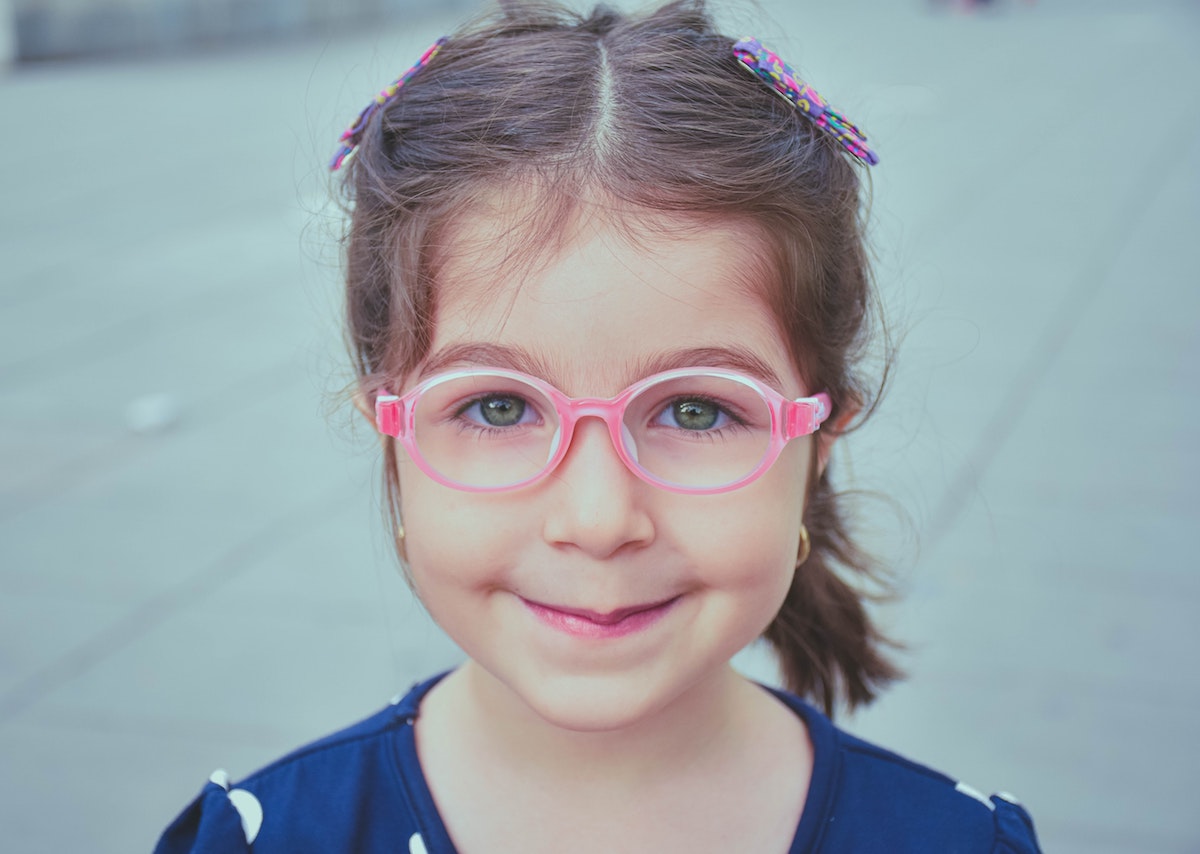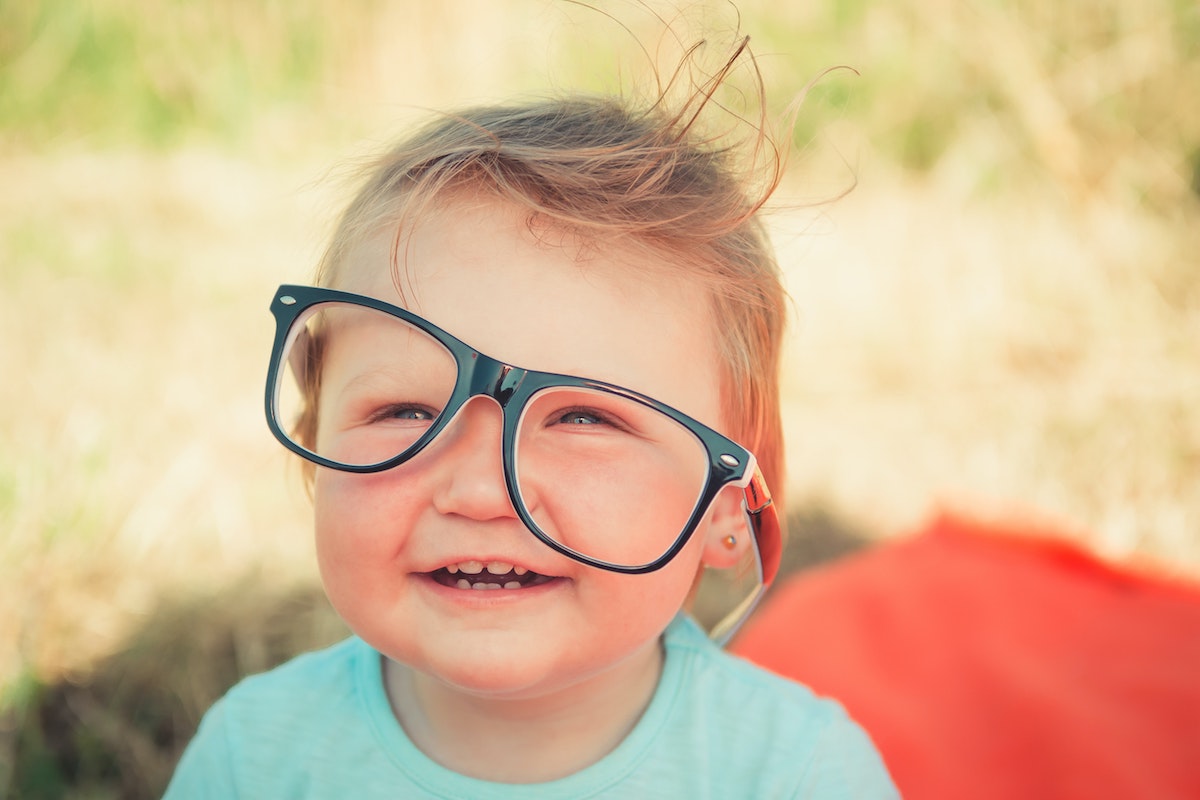The first warning might be a note from a concerned teacher. Or maybe during a family road trip, you notice your youngest having a hard time reading road signs. Perhaps you entered your child’s room unexpectedly and caught them with their nose in a book –– literally. These are just some of the signs of myopia in children. So what is it, how do you spot it, and what are the best treatments?
Close Up on Myopia
Myopia, or nearsightedness, is an extremely common vision problem. Myopia is considered an eye disease. If it progresses, it has lifelong visual complications which can be avoided or minimized if the problem is addressed at a younger age. Over one out of four people in the world are myopic. Estimates are that over 80 million children worldwide are nearsighted. Besides affecting nearly 1.5 billion people, myopia in children has been increasing rapidly since 2000. In some countries, it now affects a majority of people. In places like South Korea, Taiwan, and China, around 90% of young adults are nearsighted.
Myopia happens when the eye doesn’t bend––or refract––light the way it’s supposed to. The eyeball is too long, so the light focuses in front of the retina rather than on the retina, where it’s supposed to focus. This makes anything far away look blurry. Close-up objects are clear. This disparity can help you “see” myopia symptoms in your child.
Chances are your child isn’t going to self-report myopia. Hoping to avoid wearing glasses and the perceived stigma against them–or even thinking that what they are experiencing is normal–children develop numerous ingenious coping mechanisms. Still, there are some common warning signs. If you notice your child squinting excessively––especially indoors––it could indicate myopia. Teachers may tell you your child has difficulty reading anything at a distance. At home, your child may prefer to sit mere inches from the TV screen, or they may lean in very close to their computer. All that squinting and close-up viewing may result in headaches. If your child complains their head hurts, it’s another sign they may have myopia.

Testing for Myopia
Standard eye chart tests can detect myopia in children. Normal “20/20” vision represents the letters an average person can read standing 20 feet away from an eye chart. Myopes have 20/40 vision––they need things to be half the average distance away from them in order to see them clearly. Your pediatrician may also employ an autorefractor or a spot camera to test for myopia.
Other Ways to Help
Myopia is an eye disease of epidemic proportion, and spending more time indoors on screens during the COVID pandemic is only making things worse. There is a growing body of evidence that excessive time indoors is detrimental to vision. A few decades ago, if children were not at school during the day, they were outside. Indeed, myopia progression often slows down during the summer when children are more likely to be outside playing. Sun exposure increases vitamin D absorption––low levels of this vitamin are often responsible for eye problems. So whether or not your child has myopic symptoms, reducing screen time and increasing outdoor play is a great way to help them see more clearly.
Myopia can be corrected with glasses, contact lenses, and eventually even surgery, but untreated, it often worsens. Myopia can be managed in children, and this can slow its progression. Types of management may involve orthokeratology, multifocal contact lenses (MiSight is currently the only FDA-approved multifocal contact lens treatment for myopia), low-dose atropine eye drops, or spending more time outside in daylight. It’s important to keep the condition from worsening–nearsighted children are at a greater risk for injury, especially during athletic competitions. When myopia continues into adulthood, it puts the patient at a greater risk of premature cataracts, myopic maculopathy, glaucoma, and retinal tears. Work with your eye doctor to manage this condition in children to slow its progression and avoid these complications.
